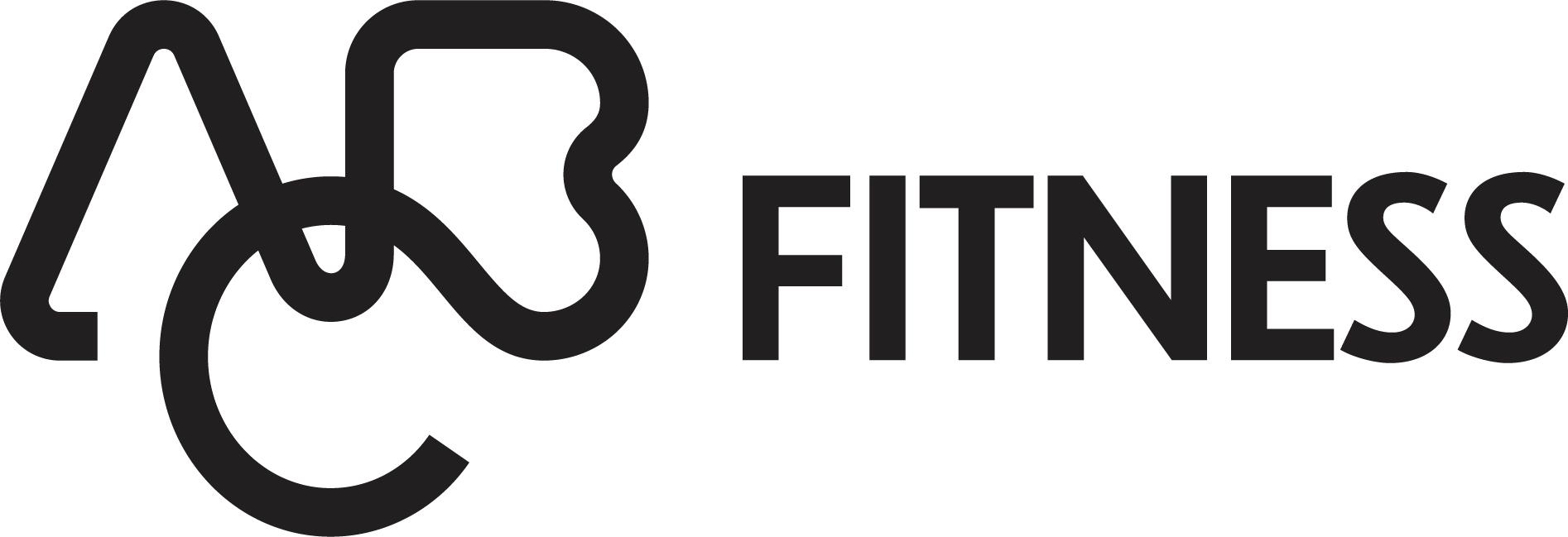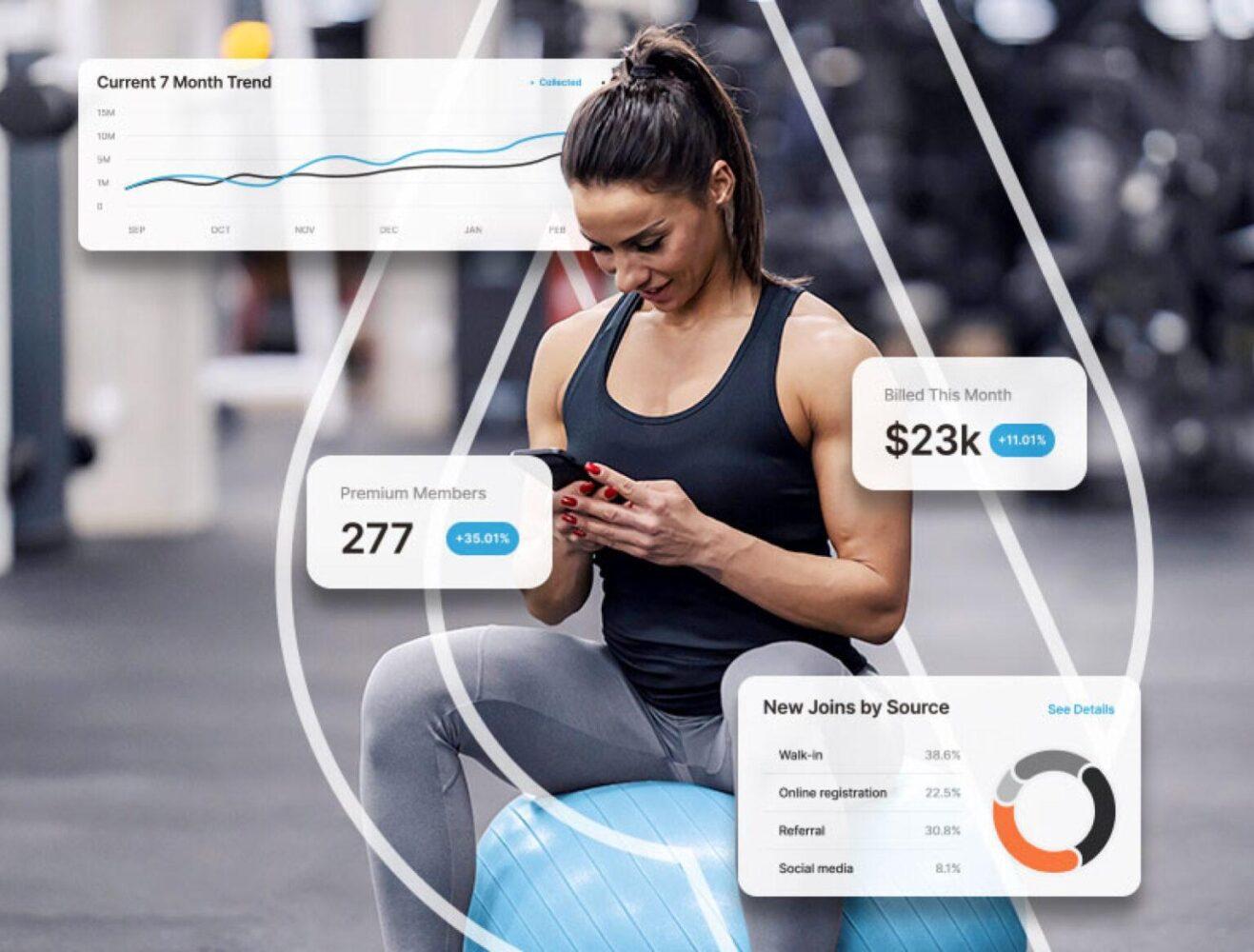Get Ready, Set … Goal!
By: Hope Osborn
Like any other day, members sign in for personal training, class, or to hit the weight machines, and others sign up for new membership. People are at your gym to meet personal goals. The new client, who doesn’t regularly exercise, may be motivated to develop healthier habits because of a recent experience. The regular client, who is satisfied with routine workouts three times a week, may be motivated to run the marathon she always intended when she hears of a marathon supporting a personally meaningful cause. How do you help them succeed?
The client is roaring to go. You know they may burn out with physical injury or emotional discouragement if they aren’t prepared to “roar.” Preparation is the seed for success. Gyms help their clients succeed in their goals by first emphasizing the need to prepare—emphasizing that ‘get ready, set’ comes before ‘go!’. What do your clients need to ‘get ready, set’?
They Need Support
Their personal trainer, if they use one, needs to be a partner in reaching the goal. Workout buddies and/or social media fitness friends are also an encouragement during set-backs.
They Need Resources
They need professional and knowledgeable and assistive resources. Resources may include the gym’s professional trainer, workout space, and fitness club software app that can serve as a workout log, fitness calculator, and link to gym schedule and their account and it may include outside apps and websites, such as choosemyplate.gov that base calories on individual stats and needs and others that have individually suitable recipes and diet guidelines. Whatever the resource it should meet the client where they are knowledgeably, socially, and technologically.
They Need Evaluation
Whether new to exercise or stepping up to noncompetition, the client’s body is enduring increasing pressure that could trigger an underlying condition or cause a set-back from insufficient nutrition.
Evaluation may include a professional trainer’s pre-evaluation using a questionnaire and the client’s stats. It usually includes a doctor’s exam and testing. It should always include the client’s effort to provide detailed and accurate information.
By journaling eating, exercise, and sleep habits and pain, weakness, and sickness triggers for a certain period of time along with creating a current list of prescribed and over-the-counter medications and supplements, the client provides professionals valuable information for determining tests, recommendations, and cautions for the client.
They Need Habits
Starting or intensifying exercise often requires new habits in diet, sleep, and schedule. The caloric or resting needs for jogging two miles as opposed to doing H.I.I.T. three times a week for a 130lb. woman as opposed to a 165lb. man or a usually sedate person as opposed to a normally active one are different. The client’s need is also complicated by a demanding schedule or health condition. The client’s ‘Resources’ and ‘Evaluation’ help him or her determine healthy habits.
They Have Means
You haven’t just partnered with the client to ‘Get ready, Set …”. You have partnered with them in learning to use resources to address obstacles and to keep a steady flame when they ‘Go!’


